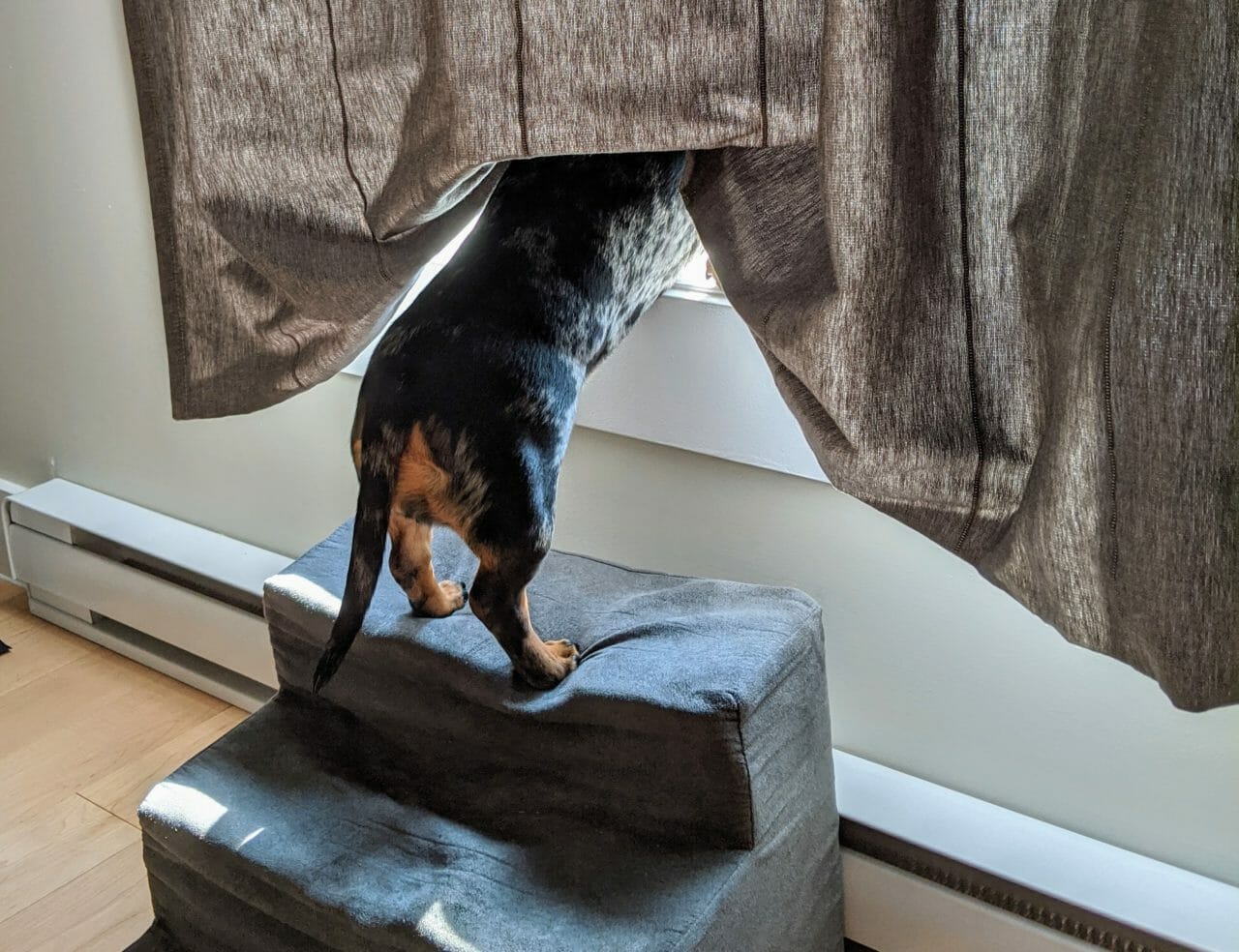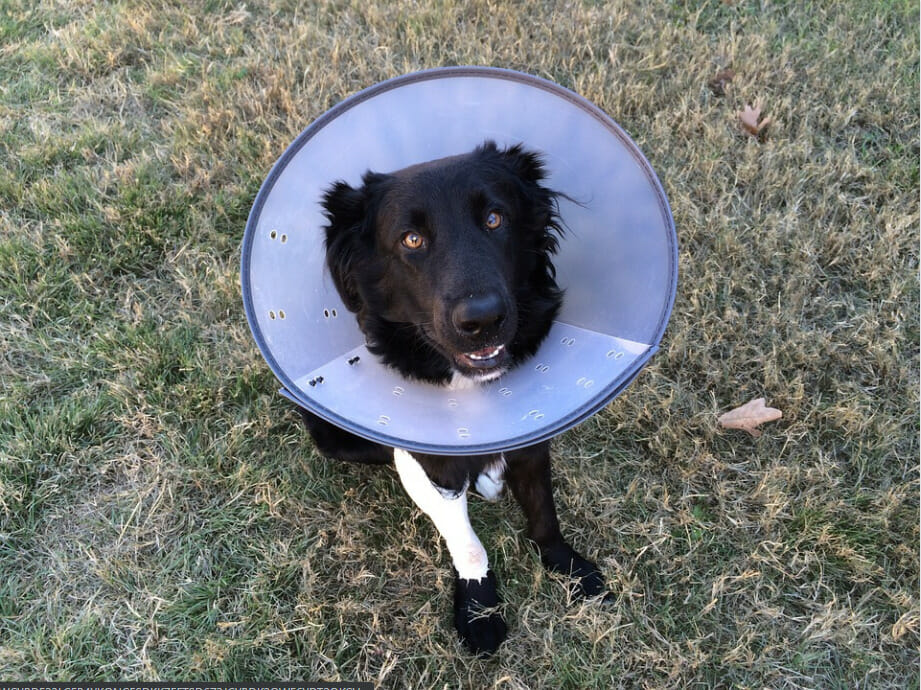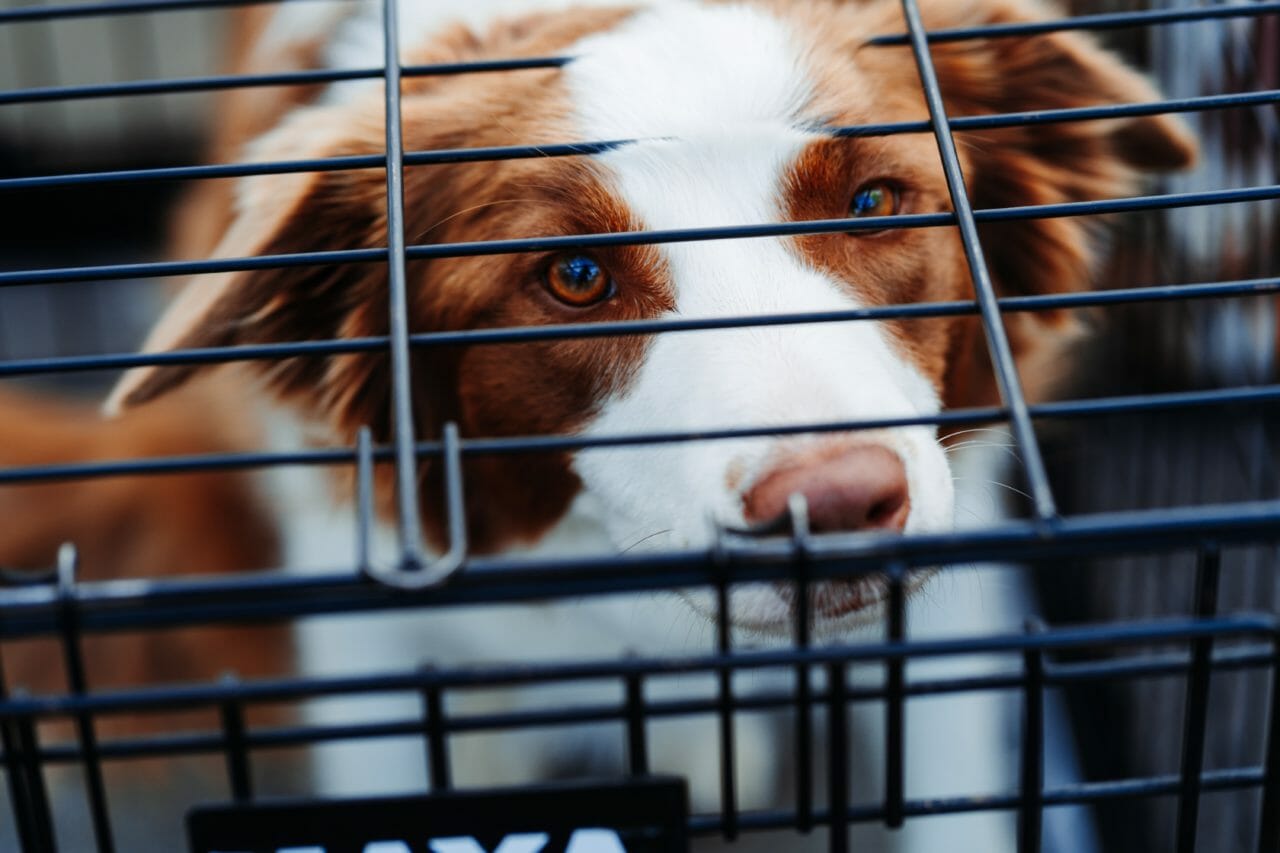Have your pup playing fetch again in no time
As dogs age, they can experience problems with their hips. This is especially common in larger breeds of dogs.
One solution for hip problems is total hip replacement surgery. But this surgery can benefit more than just an older dog.
Today’s blog post will discuss everything you need to know about total hip replacement surgery for dogs. The experts from RehabPet.com cover what the surgery involves, the benefits,, the costs, and the recovery process. We hope this information will help you make an informed decision about whether or not to have total hip replacement surgery performed on your dog.
What Is Dog Total Hip Replacement Surgery?
During total hip replacement surgery, or THR surgery, the damaged hip joint is removed and replaced with an artificial implant. This surgery is performed by a certified surgeon, not your regular veterinarian.
The artificial implant is made from two materials: metal and plastic. The metal is used for the ball portion of the hip joint, while the plastic is used for the socket portion. Some all-plastic implants are available if your dog is allergic to metal.
The most common reason for performing THR surgery on a dog is because of arthritis. Arthritis can cause the hip joint to become damaged and painful. This can make it difficult for your dog to walk or run like it used to.
Other reasons for performing THR surgery include:
Hip dysplasia
A condition that affects the way the hip joint develops, causing the hip joint to become weak and unstable over time. It is a condition that usually is an early sign that arthritis could develop and is most common in large breed dogs. Hip dysplasia can cause the hip joint to become weak and painful over time.
Physical trauma
An injury to the hip joint results in a fracture or dislocation. This type of injury usually requires immediate medical intervention and may require surgery to repair the damage.
Infection or disease
When infection or other disease affects the hip joint and causes it to become damaged and painful. This type of surgery is usually performed as a last resort after other treatment options have failed.
The Benefits of Total Hip Replacement Surgery
The main benefit of THR surgery is that it can relieve the pain caused by arthritis or other hip joint problems. Reliving this pain will significantly improve your dog’s quality of life by allowing them to walk, run, and play without hip issues.
Additional benefits provided by THR include:
- Extending the lifespan of your dog
- Restoring mobility
- Improving range of motion in the hip joint
- Reducing inflammation and swelling around the hip joint
- Allowing them to get more exercise and maintain a healthier weight

What Is the Cost of THR Surgery?
The cost of THR surgery can vary depending on several factors, these include:
- The severity of your dog’s hip joint problem
- The type of implant used
- Which veterinary hospital you choose to have the surgery performed at
- Whether your dog needs any other treatments before or after surgery
On average, THR surgery costs range from $4000 to $6500. This does not include the cost of other treatments that may be required before or after surgery.
What is the Surgery Process Like?
The first step in the surgery process is to consult with your vet so they can refer you to a certified surgeon. The surgeon will then evaluate your dog to see if they are a good candidate for surgery.
If the surgeon believes that THR surgery is the best course of action, they will do a pre-surgical exam, including x-rays and blood tests. These tests help the surgeon determine what implant to use, if there could be any allergic reactions, and whether your dog is healthy enough for surgery.
The actual surgery usually takes about two hours. The surgeon will make an incision over the hip joint during the surgery. They will then remove the damaged hip joint and replace it with an artificial implant.
After the new implant is in place, the surgeon will close up the incision with stitches. Your dog will then be taken to a recovery room where it will be closely monitored.
How Long Is the Recovery Process?
Your dog will most likely stay overnight at the veterinary hospital for observation after surgery. The typical hospital stay is two to three days.
After being discharged from the hospital, your dog will get a recovery timeline of around 12 weeks. During this time, they must limit their activity, so their hip joint can heal properly.
Your vet will give you specific instructions on how to care for your dog during its recovery. For preparation, we have included a few details that will most likely be part of the recovery process down below.
- Ensure your dog has a safe and quiet place to rest
- Give your dog their pain medication as prescribed
- Apply any ointments or creams as directed
- Do not allow your dog to run, jump, or play until your vet gives the okay
- Take walks with your dog on a leash
- Avoid stairs
- Elevate food and water bowls
During the first few weeks of recovery, you will likely have to help your dog get up and down. As time goes on and they heal, they should be able to do this independently.
It is also essential to watch for any signs of infection or problems with the hip joint during your dog’s recovery. Contact your vet immediately if you notice any of the following signs:
- Fever
- Swelling or redness around the incision site
- Pus or drainage from the incision site
- Loss of appetite
- Excessive licking or biting at the incision site
Most of the time, the infection starts with your dog licking or chewing at the incision site. A dog cone can help prevent this from happening, and while your dog might not like it, it is essential for a successful recovery.
Closing Thoughts
The idea of your dog undergoing surgery can be scary. But with the proper care, your pup will be just fine.
We hope this article has helped ease some of your fears and given you a better understanding of what to expect before, during, and after THR surgery.



